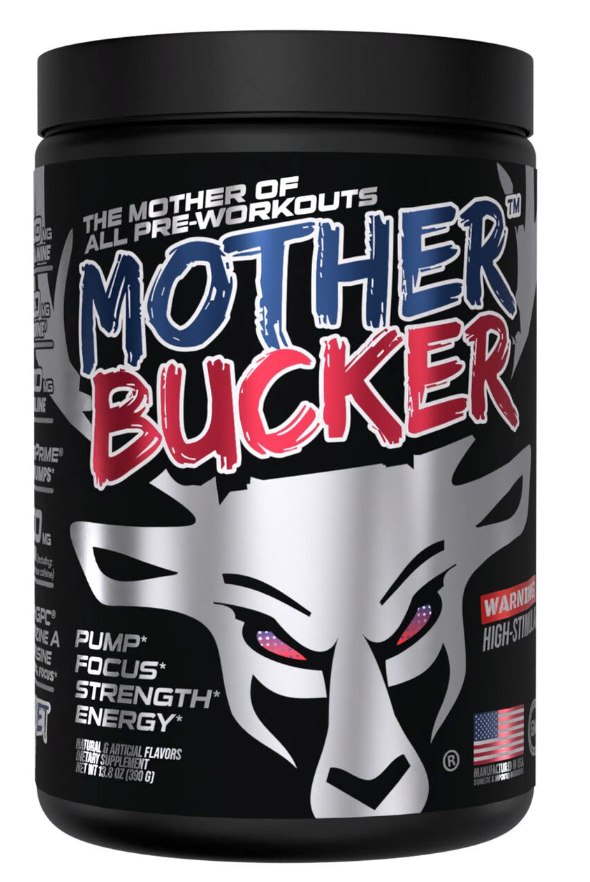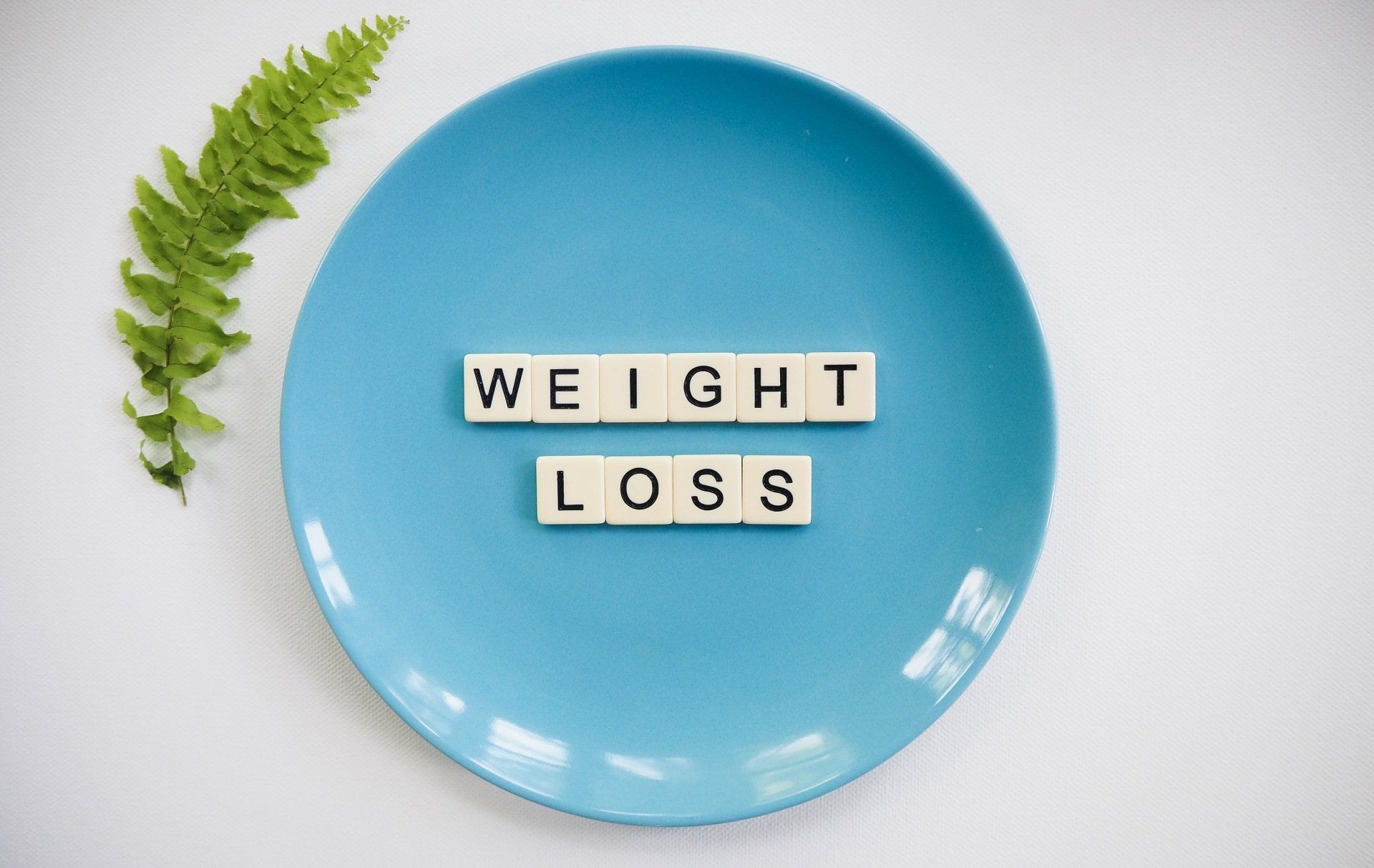The Benefits of High Intensity Interval Training: Exploring the Science
Understanding the Physiology and Health Benefits of HIIT for Fitness and Weight Loss

High-Intensity Interval Training, or HIIT, has become a popular fitness trend in recent years. HIIT involves alternating between short periods of intense exercise and periods of rest or recovery, and has been shown to be effective for improving cardiovascular fitness, burning fat, and building lean muscle mass. In this article, we will explore the science behind HIIT and the various health benefits associated with this type of workout.
Physiology of HIIT
HIIT is a form of exercise that involves short bursts of intense activity followed by periods of rest or active recovery. The intense activity typically lasts between 10 and 60 seconds, and can be performed using a variety of exercises, such as sprints, jumping jacks, or burpees. The rest or recovery periods can also vary in length, typically lasting between 30 seconds to 2 minutes.
During the intense activity periods, the body relies on anaerobic metabolism to produce energy. This means that the body uses stored energy sources, such as glycogen, to power the exercise. During the recovery periods, the body switches to aerobic metabolism, which relies on oxygen to produce energy.
This switch between anaerobic and aerobic metabolism is what makes HIIT such an effective workout for improving cardiovascular fitness and burning fat.
Health Benefits of HIIT
Improved Cardiovascular Health:
HIIT has been shown to be effective for improving cardiovascular health by increasing the heart's ability to pump blood and oxygen throughout the body. A study published in the journal Medicine & Science in Sports & Exercise found that 12 weeks of HIIT resulted in a significant increase in maximal oxygen uptake (VO2 max), which is a measure of the body's ability to use oxygen during exercise.
This increase in VO2 max suggests that HIIT can improve the body's ability to deliver oxygen to the muscles, which can improve exercise performance and overall cardiovascular health. Additionally, HIIT has been shown to improve the function of the endothelium, which is the thin layer of cells that line the inside of blood vessels.
A study published in the Journal of Applied Physiology found that just 6 weeks of HIIT led to significant improvements in endothelial function in young, healthy individuals. This improvement in endothelial function suggests that HIIT can improve blood flow and reduce the risk of cardiovascular disease.
Fat Burning:
HIIT is also effective for burning fat, as it can increase the body's metabolic rate and calorie burn both during and after the workout. A study published in the International Journal of Obesity found that HIIT resulted in greater fat loss compared to continuous moderate-intensity exercise in overweight and obese individuals.
This is likely due to the "afterburn effect" of HIIT, which refers to the increased calorie burn that occurs after exercise due to the body's increased metabolic rate.
Building Lean Muscle Mass:
In addition to burning fat, HIIT can also help build lean muscle mass. A study published in the Journal of Strength and Conditioning Research found that 6 weeks of HIIT resulted in significant increases in lean body mass in young, healthy men. This increase in lean body mass is likely due to the high-intensity nature of HIIT, which can stimulate muscle growth and improve muscle function.
Reduced Risk of Chronic Disease:
Finally, HIIT has been shown to reduce the risk of chronic diseases such as type 2 diabetes and metabolic syndrome. A study published in the Journal of Diabetes Research found that HIIT improved insulin sensitivity and glucose regulation in individuals with type 2 diabetes. Another study published in the Journal of Applied Physiology found that 8 weeks of HIIT improved insulin sensitivity and reduced the risk of metabolic syndrome in sedentary adults.
How to Incorporate HIIT into Your Fitness Routine
Incorporating HIIT into your fitness routine is relatively simple, and can be done using a variety of exercises and equipment. Here are some tips to get started:
- Choose your exercises: Choose exercises that challenge you and can be performed at high intensity for short bursts of time. Some examples include sprints, jumping jacks, burpees, and squat jumps.
- Determine your work-to-rest ratio: Determine how long you will work and how long you will rest. A common work-to-rest ratio is 1:1, which means that you will work for 30 seconds and rest for 30 seconds. However, you can adjust the ratio to fit your fitness level and goals.
- Warm up properly: Before starting your HIIT workout, be sure to warm up properly to prevent injury and prepare your body for the workout. This can include dynamic stretches, light cardio, and activation exercises.
- Track your progress: Keep track of your progress by measuring your heart rate, time, and intensity during each workout. This will allow you to see improvements over time and adjust your workouts as needed.
HIIT is a popular and effective form of exercise that can improve cardiovascular health, burn fat, and build lean muscle mass.
The high-intensity nature of HIIT stimulates both anaerobic and aerobic metabolism, resulting in a wide range of health benefits. By incorporating HIIT into your fitness routine, you can achieve your fitness goals and improve your overall health and well-being.



